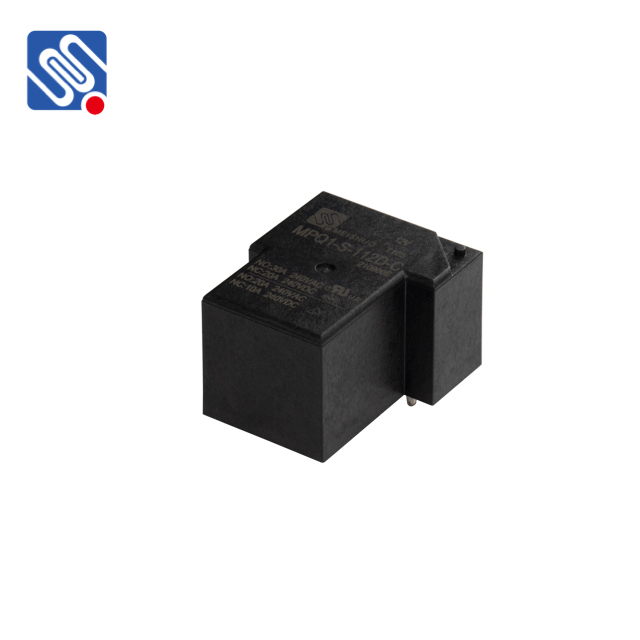understanding the 12v dc relay: a comprehensive guide
Release time:2025-05-09 07:11:43
A 12V DC relay is an essential component in various electrical systems, serving as a switch that is activated by a low voltage direct current (DC) signal. It plays a critical role in automating processes and ensuring safety and efficiency in systems ranging from automotive electronics to industrial automation. In this article, we will explore the working principle, applications, advantages, and key factors to consider when using a 12V DC relay.

What is a 12V DC Relay?
A relay is an electrically operated switch. It allows a low-power circuit to control a higher power circuit by using an electromagnet. The 12V DC relay is powered by a 12-volt direct current (DC) source, commonly found in automotive systems, microcontroller projects, and other low-voltage applications. It consists of a coil, armature, spring, and one or more sets of contacts. When current flows through the coil, it creates a magnetic field that pulls the armature towards the coil, closing or opening the contacts, depending on the relay's design.
Relays can be categorized into different types, such as single-pole, double-throw (SPDT), and double-pole, double-throw (DPDT), depending on the number of contacts and how they switch. In the case of a 12V DC relay, the coil operates at 12 volts, and the contacts can switch currents typically ranging from a few milliamps to several amps.

